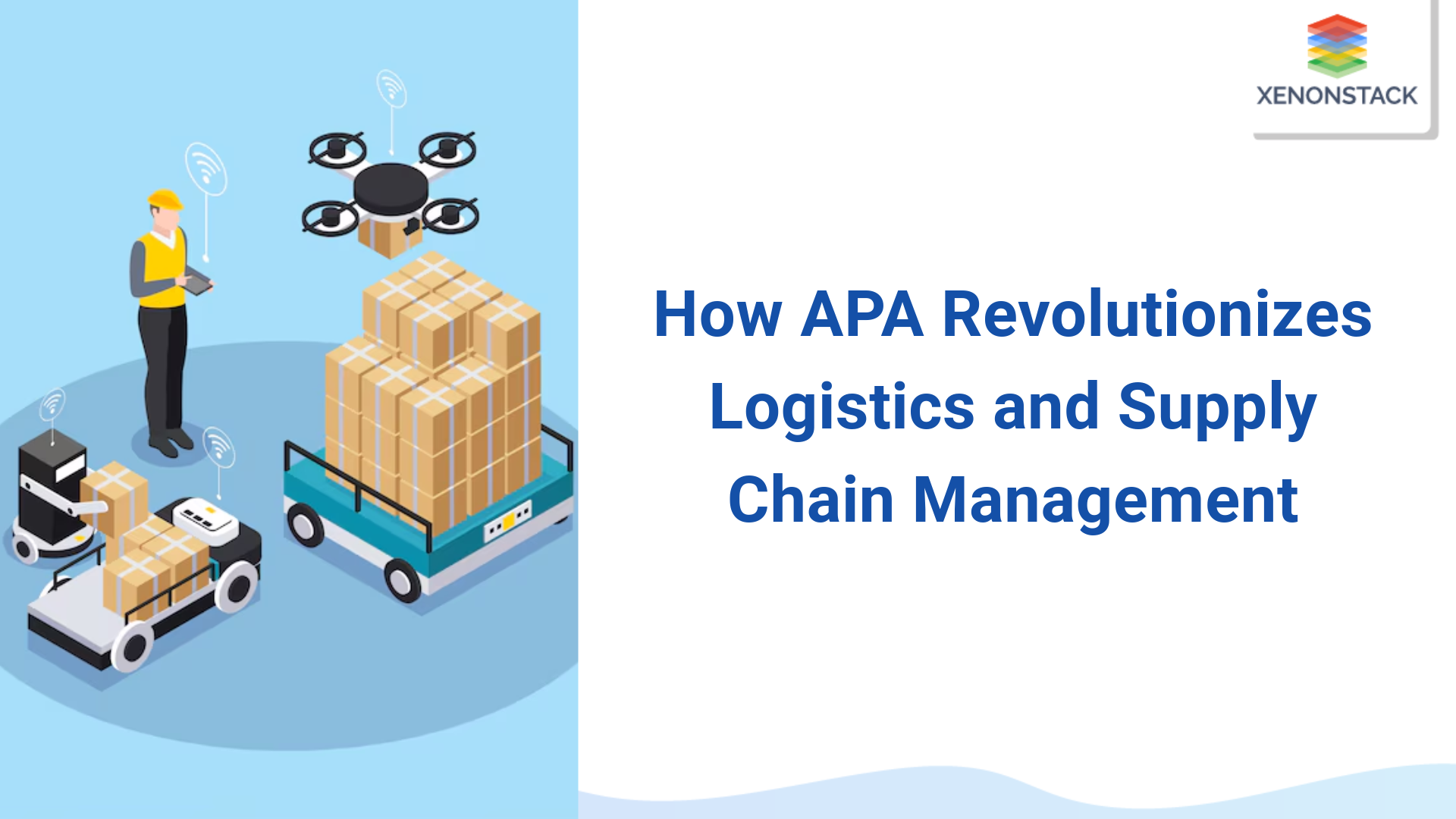
Establish a Center of Excellence (CoE)
A CoE serves as the organizational hub for APA expertise, providing guidance, resources, and best practices for implementation and scaling. It fosters collaboration and ensures consistency across departments.
Responsibilities of the CoE:
-
Develop standardized frameworks and methodologies.
-
Monitor and evaluate APA performance.
-
Drive innovation by exploring new use cases and technologies like Generative AI (GenAI) and predictive analytics.
Leverage Data Analytics for Continuous Improvement
Data is at the core of APA’s effectiveness. Use analytics to monitor performance, identify bottlenecks, and make data-driven decisions for optimization.
Tools and Techniques:
-
Implement dashboards for real-time monitoring.
-
Use predictive analytics to anticipate challenges and opportunities.
-
Conduct periodic reviews to assess the impact of APA initiatives, ensuring alignment with business intelligence (BI) and data democratization goals.
Unlock the potential of Generative BI Consulting Services to drive data-driven decisions and business growth. Click here to learn more about how we can help transform your business with innovative solutions.
Overcoming Common Challenges in Scaling Agentic Process Automation
While the benefits of APA are substantial, scaling it across an organization is not without challenges. Here’s how to address common hurdles:
Resistance to Change
Employees may fear job displacement or struggle to adapt to new workflows.
-
Solution: Communicate the benefits of APA, involve employees in the transition process, and emphasize the opportunities for upskilling and career growth.
Integration Complexities
Legacy systems and disparate tools can complicate APA implementation.
-
Solution: Conduct a thorough audit of existing infrastructure and invest in middleware to facilitate seamless integration with existing automation platforms.
Data Privacy and Security
Handling sensitive data with AI agents raises concerns about privacy and compliance.
-
Solution: Implement robust security measures, adhere to regulatory standards, and ensure transparency in data handling to mitigate privacy risks.
High Initial Investment
Scaling APA requires significant upfront investment in technology, training, and infrastructure.
-
Solution: Develop a phased implementation plan with clear ROI metrics to justify expenditures, ensuring alignment with long-term goals like digital transformation.
Key Benefits of Scaling Agentic Process Automation in Business
Organizations that successfully scale APA stand to gain a multitude of benefits, including:
- Increased Agility: This enhances resilience in a dynamic business environment, as real-time data and situational awareness inform decision-making and process adjustments.
- Higher Productivity: APA helps organizations achieve more with less by automating complex workflows and repetitive tasks.
- Improved Decision-Making: APA generates data-driven insights that increase the accuracy and speed with which decision-making processes are made, enhancing business intelligence (BI).
- Sustainable Growth: APA creates efficiency and saves costs by freeing up resources for strategic initiatives that drive long-term growth and business process automation (BPA).
Agentic Process Automation’s Role in Shaping Business Innovation
Scaling Agentic Process Automation (APA) is not just about implementing new technology; it’s about transforming the way an organization operates. By leveraging the advanced capabilities of AI agents, APA enables businesses to automate complex, dynamic processes with minimal human intervention. However, achieving this transformation requires a strategic approach, addressing both technical and cultural challenges and fostering a culture of innovation and continuous improvement.
Organizations that embrace the APA model will be in a better position to handle the future, improving efficiency, adaptability, flexibility, and competitiveness in an increasingly automated world. Agentic is the future of process automation.






